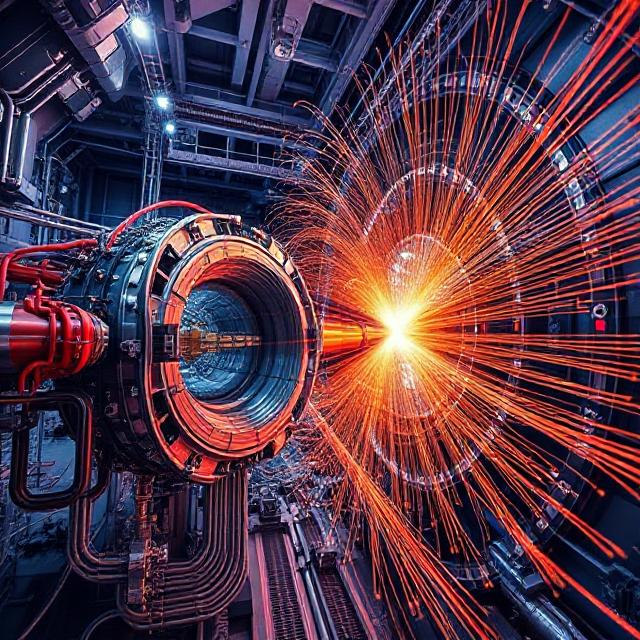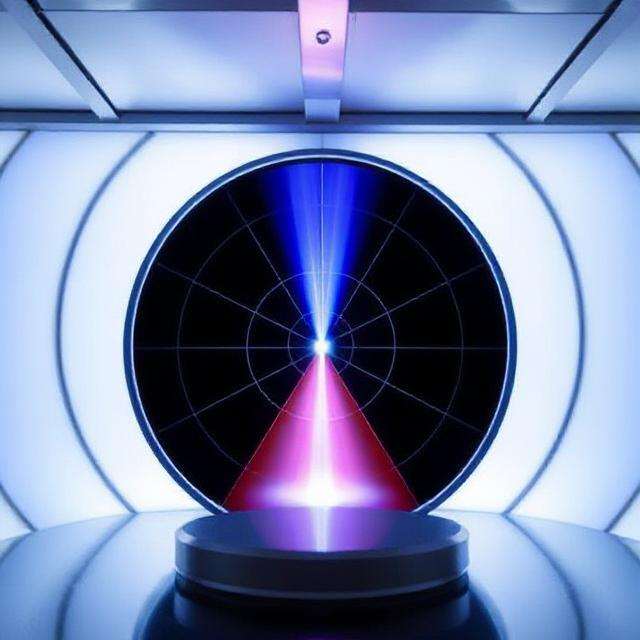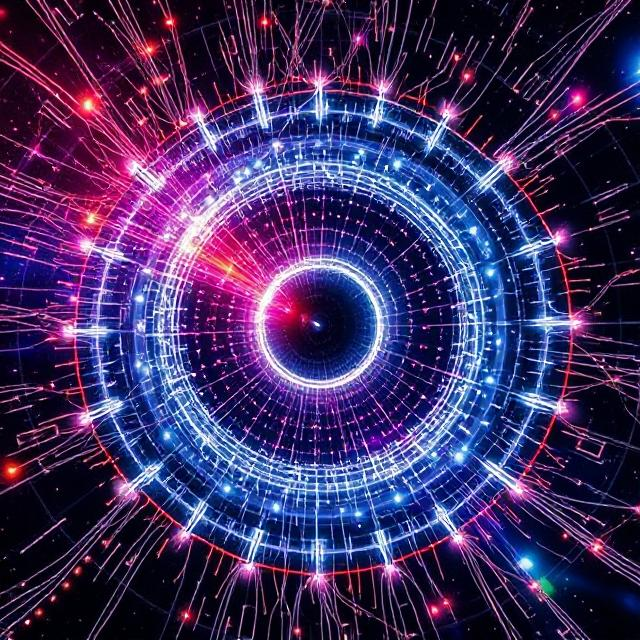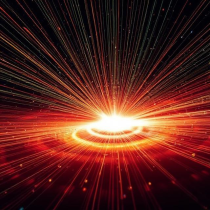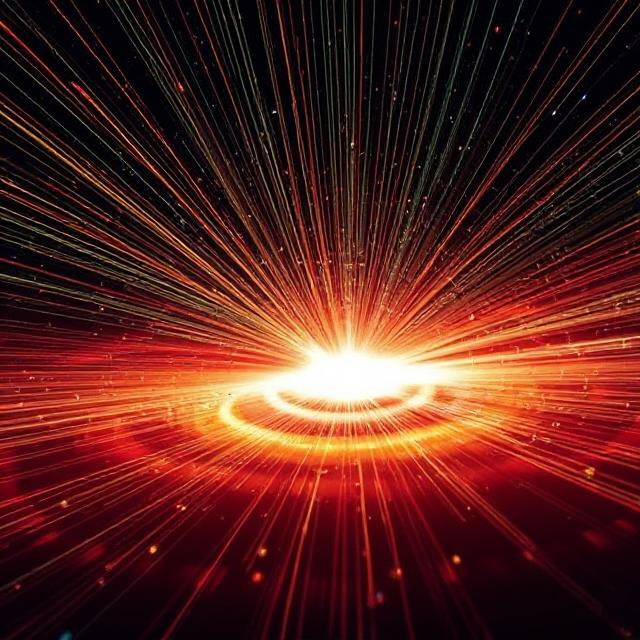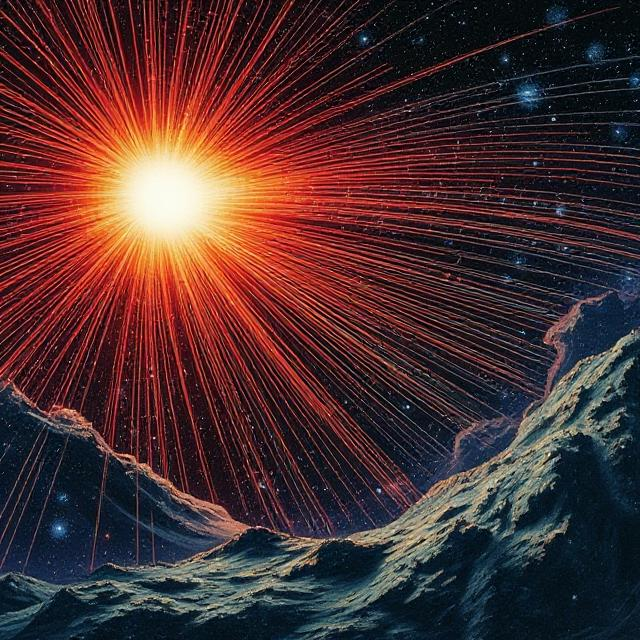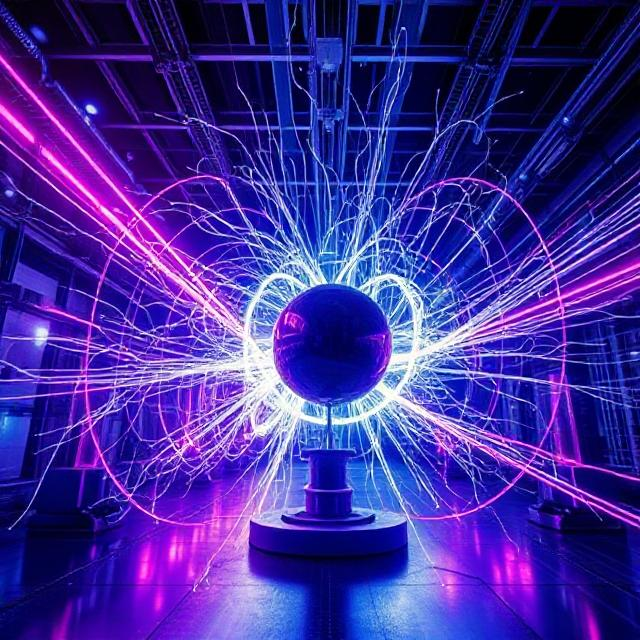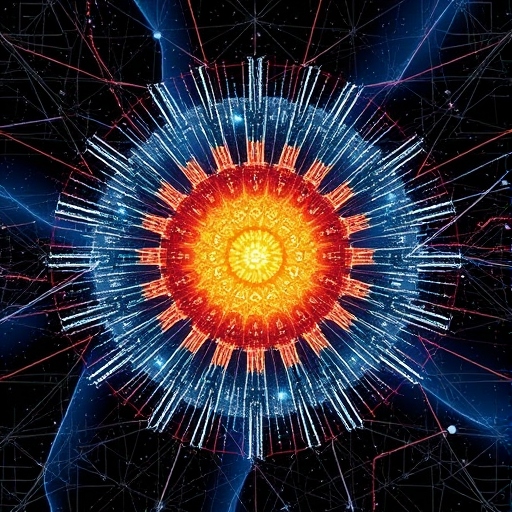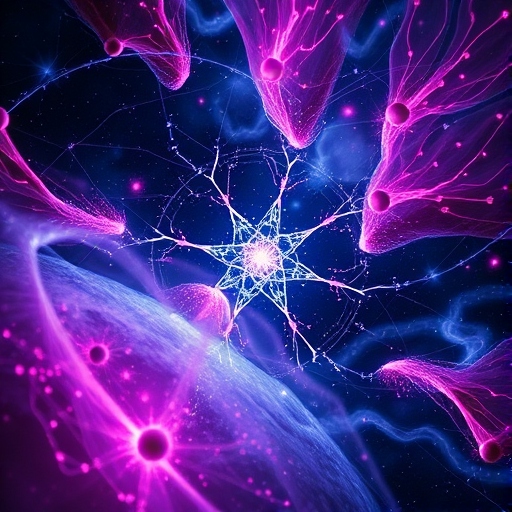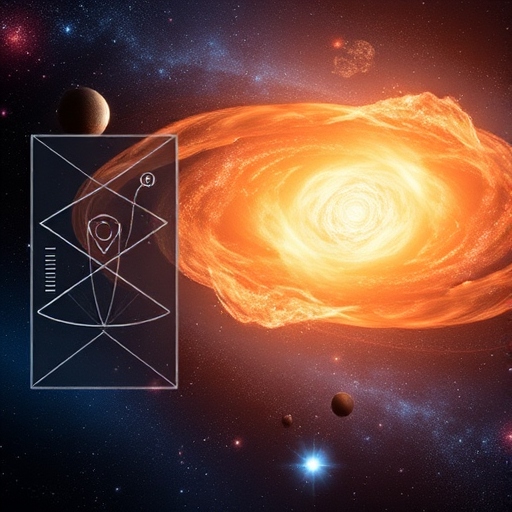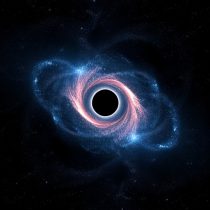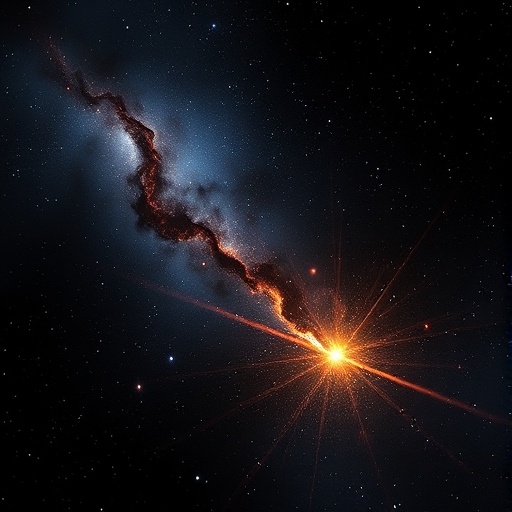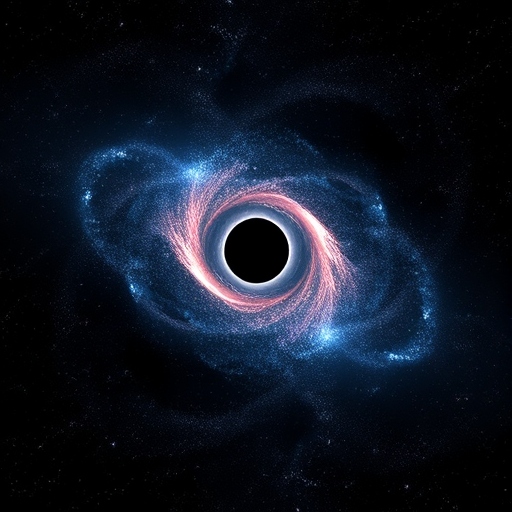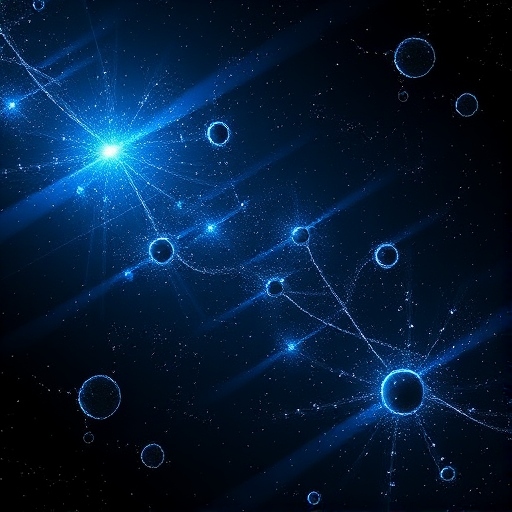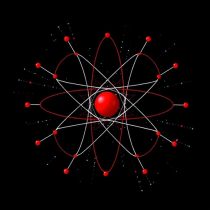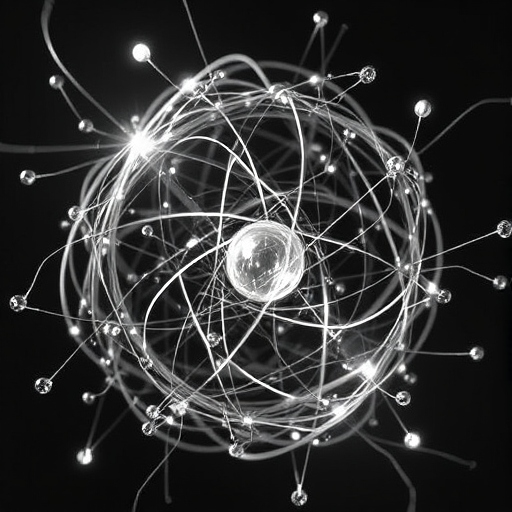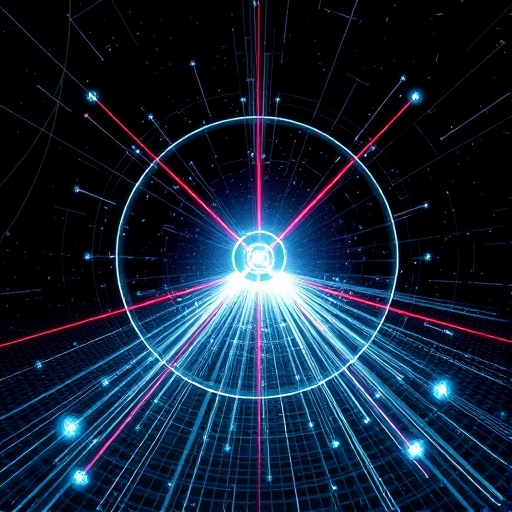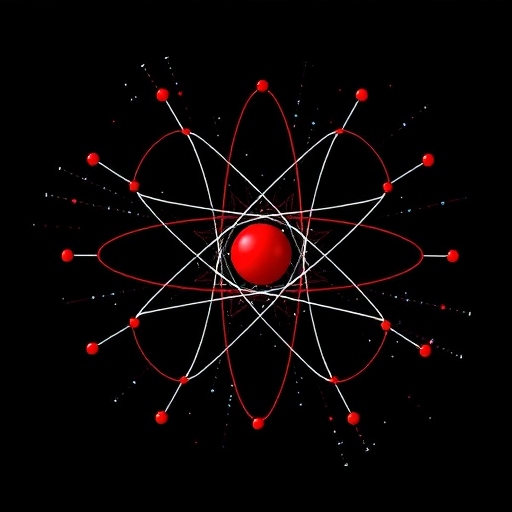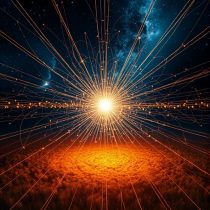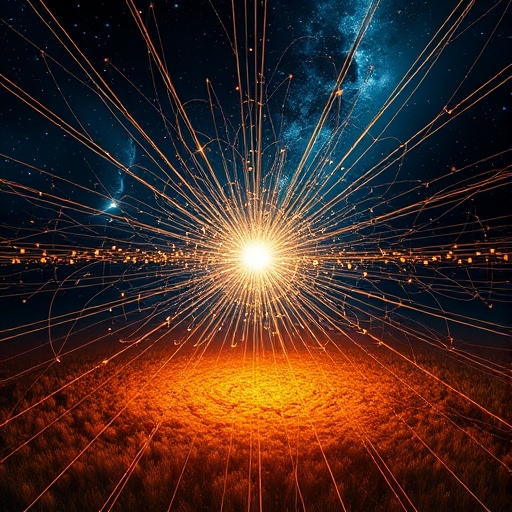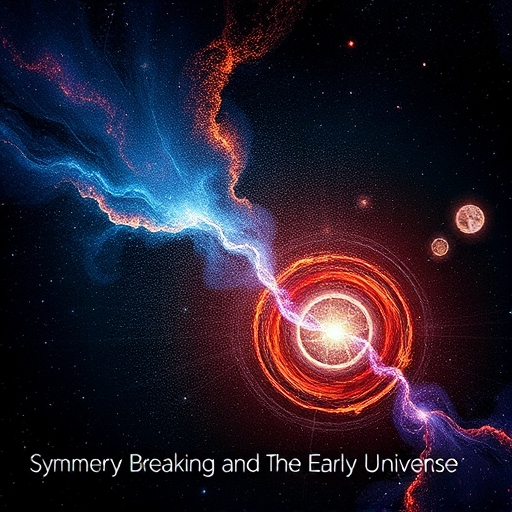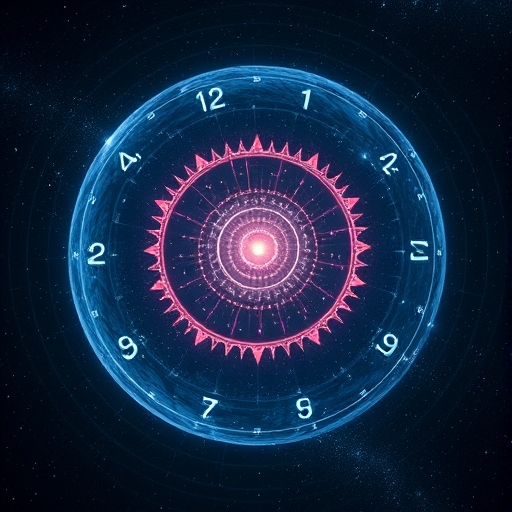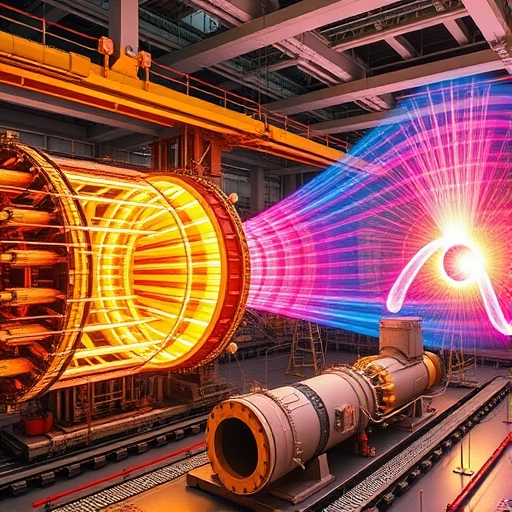Exotic Physics Phenomena, Modern physics continues to challenge our understanding of the universe, revealing strange and counterintuitive concepts that push the boundaries of reality. From the bizarre world of quantum vacuum fluctuations to the possibility of faster-than-light particles, exotic physics explores phenomena that could revolutionize how we perceive space, time, and fundamental forces.
Some of these theories remain speculative, while others have experimental backing that hints at undiscovered aspects of nature. Concepts such as negative energy states, extra-dimensional physics, and time reversal symmetry could reshape the foundations of physics, leading to breakthroughs in energy production, space travel, and even time manipulation.
1. Quantum Vacuum Fluctuations: The Energy of Empty Space
Quantum mechanics suggests that even “empty” space is not truly empty. Instead, the vacuum is a seething sea of virtual particles constantly popping in and out of existence due to quantum vacuum fluctuations. These fluctuations create a background energy field that influences fundamental forces and particle interactions.
The Casimir effect provides direct experimental evidence for quantum vacuum energy. When two uncharged metal plates are placed extremely close together in a vacuum, they experience an attractive force due to changes in vacuum energy between them. This seemingly small effect hints at the vast untapped energy hidden in space.
If scientists can harness quantum vacuum energy, it could lead to revolutionary advancements in zero-point energy extraction, potentially providing limitless power sources beyond current technology.
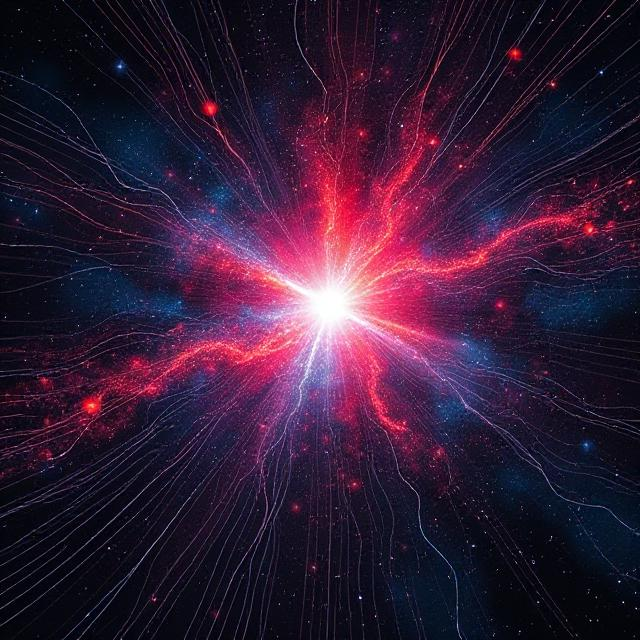
2. Negative Energy States and the Possibility of Exotic Matter
In conventional physics, energy is always positive. However, certain solutions in quantum field theory and general relativity allow for negative energy states, a concept that challenges our understanding of spacetime and energy conservation.
Negative energy plays a key role in speculative theories about warp drives and wormholes. The Alcubierre warp drive, for example, requires a “bubble” of negative energy to contract space in front of a spacecraft and expand it behind, allowing faster-than-light travel without violating relativity.
Exotic forms of negative energy could also stabilize wormholes, potentially enabling shortcuts through space-time. While no practical method for creating or sustaining negative energy has been found, experiments in quantum optics and vacuum physics continue to explore its feasibility.
3. Faster-Than-Light Particles: Do Tachyons Exist?
Einstein’s theory of relativity states that nothing can exceed the speed of light. However, some physicists speculate that hypothetical particles called tachyons could naturally exist beyond this cosmic speed limit.
Tachyons would have an imaginary mass and could only move faster than light, making them impossible to slow down to subluminal speeds. If they exist, tachyons could have profound implications for causality, allowing information to travel backward in time and challenging our understanding of past and future.
While no experimental evidence for tachyons has been found, indirect searches through high-energy physics and cosmic ray detections continue to explore their possible existence. If proven, tachyons could redefine the limits of communication and interstellar travel.

4. Extra-Dimensional Physics: Beyond Our 3D Reality
Theories such as string theory and M-theory propose that our universe has more than the three spatial dimensions we perceive. Extra-dimensional physics suggests that additional hidden dimensions exist, curled up at microscopic scales or extending into higher-dimensional space.
Experiments at the Large Hadron Collider (LHC) search for signs of extra dimensions through deviations in gravitational behavior or the production of microscopic black holes. Some variations of string theory suggest that gravity is weaker than other forces because it “leaks” into higher dimensions.
If extra dimensions are confirmed, they could explain mysteries such as dark matter, fundamental forces, and even parallel universes. Advanced technologies might one day allow access to these hidden dimensions, unlocking new possibilities in physics and cosmology.
5. Time Reversal Symmetry: Could Time Run Backward?
Time appears to flow in one direction, from past to future, driven by the increase of entropy (disorder) as described by the second law of thermodynamics. However, certain fundamental equations in quantum mechanics and relativity allow for time reversal symmetry, meaning the laws of physics remain unchanged if time moves in the opposite direction.
Some experiments in quantum systems have observed time-reversal effects on a small scale, where particle interactions appear identical whether moving forward or backward in time. These findings raise questions about whether time’s arrow is truly irreversible or if macroscopic time travel is theoretically possible.
The study of time symmetry could lead to new insights into causality, quantum information processing, and even the nature of consciousness if time perception itself is found to be more flexible than previously thought.

6. Vacuum Decay: Could the Universe Suddenly Collapse?
The stability of our universe depends on the nature of the Higgs field, which gives particles mass. Some models suggest that the Higgs field exists in a metastable state, meaning it is not in its lowest possible energy level. If a quantum fluctuation or external influence triggers a transition to a lower-energy state, it could cause vacuum decay, leading to the collapse of space itself.
In a true vacuum state, the fundamental forces and physical constants would change, possibly making life and matter as we know it impossible. This catastrophic event would expand outward at the speed of light, giving no warning before it engulfs entire regions of the universe.
While theoretical, the possibility of vacuum decay highlights the fine balance of fundamental forces and the potential fragility of our cosmic environment.
7. Quantum Entanglement and Nonlocality
Quantum mechanics allows for quantum entanglement, a phenomenon where two or more particles become linked such that measuring one instantaneously affects the state of the other, regardless of distance. This “spooky action at a distance,” as Einstein called it, challenges classical notions of locality and causality.
Recent experiments have demonstrated that entanglement can be used for ultra-secure quantum communication and potentially even faster-than-light information transfer. However, while entanglement itself does not transmit usable information instantaneously, its implications for the nature of reality remain profound.
Future research in quantum mechanics could lead to breakthroughs in teleportation, secure communication networks, and new understandings of space-time connectivity.
8. Mirror Universe Theories and Parity Violations
Some physicists propose that the universe has an unseen mirror counterpart, where every particle has a corresponding twin with opposite properties. This idea arises from observed parity violations in particle physics, where certain interactions do not behave symmetrically as expected.
Experiments are searching for evidence of a mirror universe by studying anomalies in neutron behavior and cosmic radiation. If a mirror world exists, it could explain unexplained astrophysical phenomena, provide an alternative candidate for dark matter, and challenge existing cosmological models.
9. The Holographic Principle: Is the Universe a Projection?
The holographic principle suggests that all the information contained in a three-dimensional space may be encoded on a two-dimensional surface, much like a hologram. This idea emerged from studies of black hole thermodynamics, where information paradoxes suggested that the fundamental nature of reality might be lower-dimensional than it appears.
Some physicists speculate that the entire universe may function as a hologram, with gravity and space-time emerging from lower-dimensional physics. If proven, this principle could revolutionize our understanding of reality, suggesting that dimensions are emergent rather than fundamental.
10. Dark Energy and the Fate of the Universe
One of the biggest mysteries in modern physics is the nature of dark energy, the force driving the accelerated expansion of the universe. Unlike normal matter and dark matter, dark energy behaves like an invisible repulsive force, pushing galaxies apart at an increasing rate.
Some theories suggest that dark energy could be linked to vacuum energy, quantum fluctuations, or even hidden dimensions. Others propose that it could lead to the Big Rip, where space-time itself tears apart in the distant future.
Understanding dark energy could reshape cosmology, providing new insights into the fate of the universe and the ultimate limits of physics.
If you want to read more: CLICK HERE



